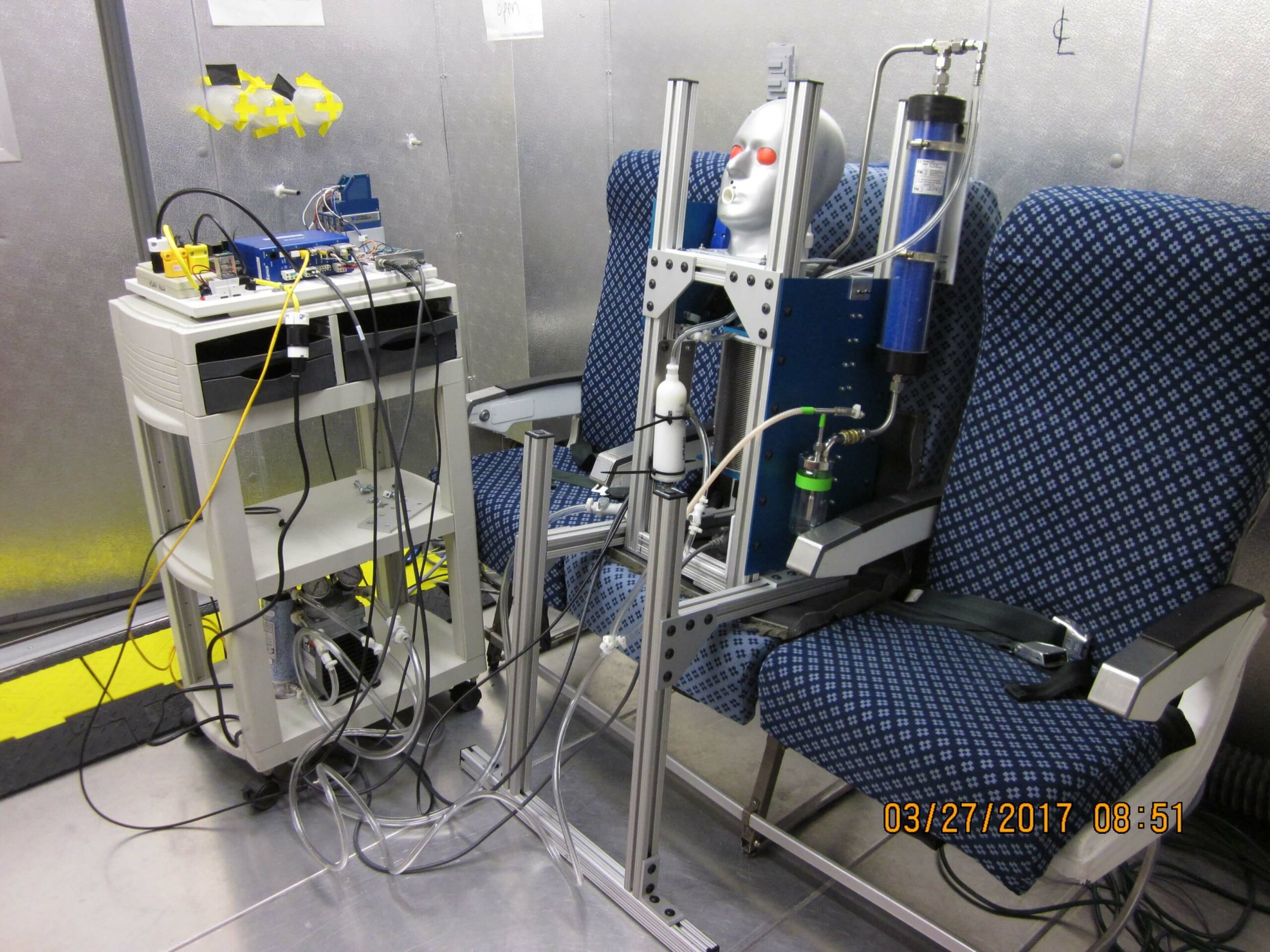At speeds of up to 50 miles per hour, the human cough is a powerful mechanism for expelling liquid from the lungs. The problem is, it is also an efficient means of spreading disease, which is why simulating human coughs and sneezes is a lively area of scientific research, and one in which CAN has found a role.
News
Simulating coughs at altitude involves CAN

Bill Lindsley and colleagues from the National Institute for Occupational Safety and Health (NIOSH), within the US Centers for Disease Control and Prevention, have developed a cough simulator that operates in a controlled environment, to study how diseases like influenza can spread via airborne droplets and test the efficacy of different protective measures.
In a paper entitled ‘A Cough Aerosol Simulator for the Study of Disease Transmission by Human Cough-Generated Aerosols’, Lindsley and his colleagues describe their mechanical cough aerosol simulator in detail. CAN is used to communicate between a linear motor from Copley Controls, which drives the stainless-steel bellows, and a computer. CAN is ideal for situations in which a greater distance may be required between the computer and the motor control, as in the case of this system where the control system sits outside the test chamber. The simulator uses a Kvaser Leaf Light HS v2, recommended by Copley, to connect the motor and the computer, transmitting control commands from a custom built National Instrument’s LabVIEW program, and sending back motor position feedback.
Accurate motor control is important, as different flow rates and aerosol volumes are used to reproduce various cough types. Comments Lindsley: “Simulating a cough involves replicating an intake of breath, closing the throat and building up pressure, followed by a sharp release of air from the lungs. The cough simulator is synchronized with a breathing simulator so that the cough initiates at the start of an inhalation cycle, with the resulting violent expulsion of air expelling aerosol particles in a detectable two-metre long airflow. After this, the particles spread as they are carried about a room by air currents.”

Whilst the initial cough simulator was designed to simulate the dispersion of cough aerosols in a medical examination room, the latest version of the device replicates an aircraft cabin and Lindsley’s research explores how to isolate someone who is developing symptoms of a disease such as SARS or pandemic flu. For the frequent travelers among our customers, you may be interested to know that this research is leading to development of a foldaway curtain for use around ‘at risk’ passengers, at least for US aircraft!
 linkedin
linkedin twitter
twitter youtube
youtube youku
youku weixin
weixin